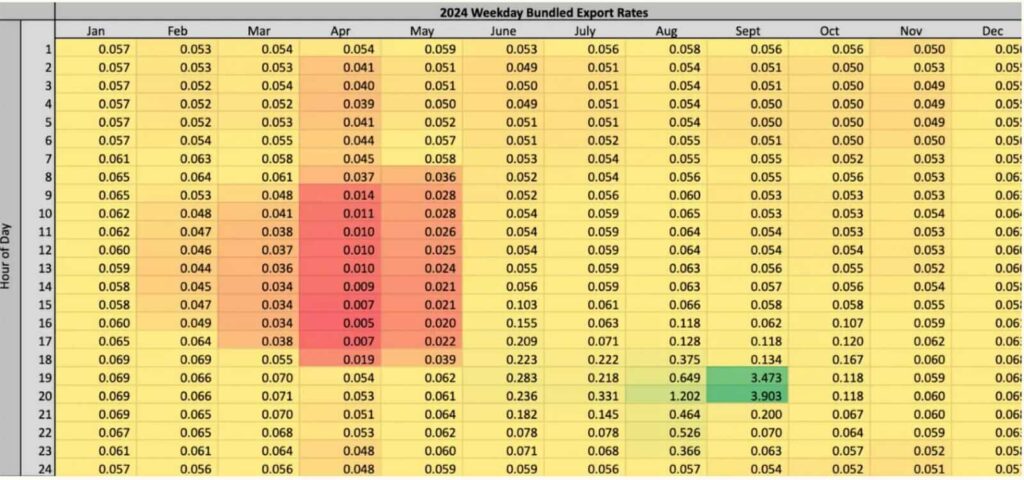Author: The Kernel & Kiersten Sundell

If you care about renewables, or California, or saving money on electricity, you’re gonna wanna hear this.
People who have rooftop solar panels often generate more electricity than they can use, and net metering allows them to send it onto the grid for others, and get credits in exchange. When the sun goes down and those panels aren’t producing, solar owners can pull electricity from the grid and use those banked net metering credits to offset the costs. It’s a billing system that pays you to make energy, and it used to be pretty profitable, especially if you lived in California.
But these benefits are only available to those who own their own homes and can afford to finance solar installations, which may still require thousands of dollars out of pocket.
Under California’s old net metering rules, you’d get credited at the same retail rate you pay for electricity from the utility company. This is known as one-to-one net metering, and many states offer it. However, the rate that California solar owners were getting paid is significantly higher than the actual value of the solar energy, especially during times of overproduction.
The typical per kWh price of residential power from the utility company also includes some costs of transmission and distribution, meaning that private solar owners were underpaying for the fixed-cost infrastructure they benefit from. This net energy metering policy essentially forced poorer ratepayers to make solar panels profitable for wealthier homeowners who can afford to install them, which doesn’t make much sense.
But with a newer standard called NEM 3.0, this is no longer the case – Californians are now being paid 75% less for the same amount of power.

Now this isn’t 75% lower across the board – it depends on the time of the day and time of year when you’re selling extra power. Here’s a breakdown. If you had extra around noon in April, for example, you’d make only 1 cent per kilowatt hour. If you had extra at 8 pm in September, though, you’d make nearly $4 per kWh.
It’s extremely variable and makes hosting solar panels less profitable than it used to be. Battery storage is an alternative to net metering so that you can save up your energy and not rely on the grid, but this is another huge upfront cost. NEM 3.0 demonstrates a need for a baseload power source since renewables like solar don’t always produce power when we need it.
What do you think of this new standard? Has it affected you?


